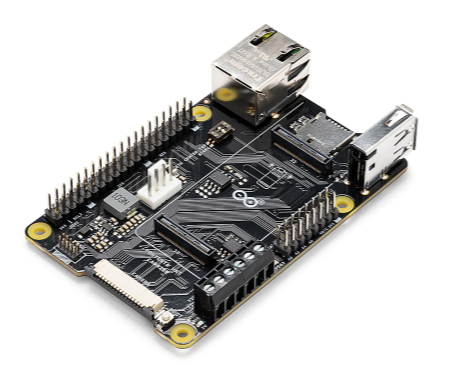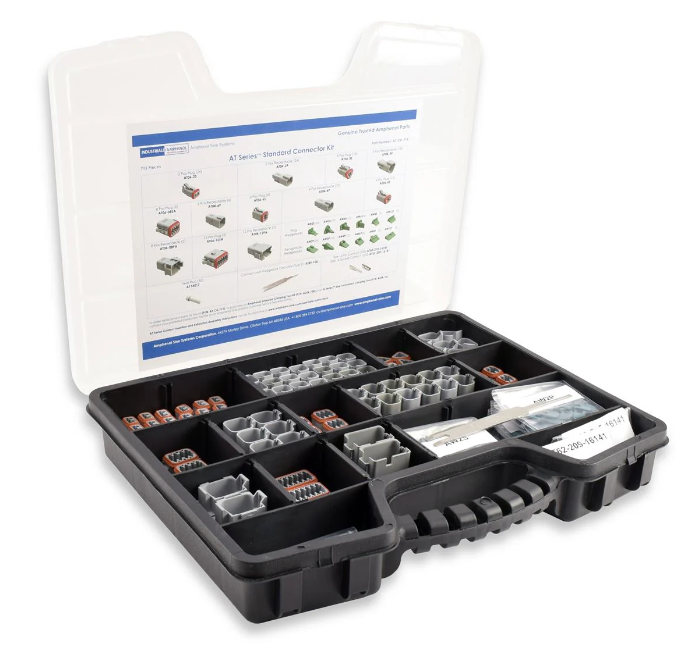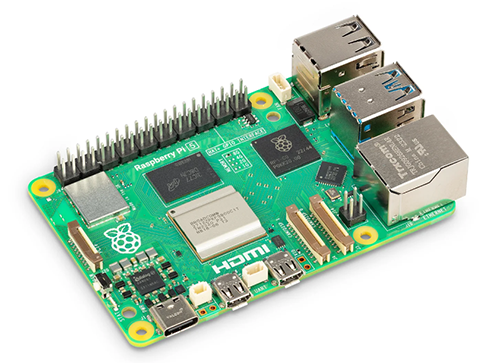Spectrum Instrumentation
- Germany
- +49 4102-6956-0
- https://spectrum-instrumentation.com/en
Spectrum Instrumentation Articles
University Kaiserslautern fast tracks quantum computer development
There are various methods for constructing a Quantum Computer (QC), and RPTU Kaiserslautern's approach within the Rymax One collaboration involves creating an array of single atoms that function as qubits.
New high-level object-oriented Python package
Spectrum Instrumentation presents a new open-source Python package (“spcm”) that is now available for the current line of all Spectrum Instrumentation test and measurement products.
Next-generation EPR spectrometer from Spectrum Instrumentations
Digitisers and AWGs by Spectrum Instrumentation are at the heart of the new spectrometer instruments.
DDS option for high-speed AWGs generates up to 20 sine waves
Spectrum Instrumentation has released a new firmware option for its range of versatile 16-bit Arbitrary Waveform Generators (AWGs) with sampling rates up to 1.25GS/s and bandwidths up to 400MHz.
Making automated testing easier and faster
Electronic measurement and testing instruments, like modular digitisers, are constantly being improved and updated. Market needs and improved components like analog to digital converters drive this movement to enhanced performance.
Lightning research with 8-channel digitiser system
The causes of a lightning flash are complex and still unclear. At Duke University, North Carolina, USA, the team of Prof. Cummer tries to resolve these secrets.
Ultrafast digitisers and AWGs get Digital Pulse Generator option
Spectrum Instrumentation has expanded its Digital Pulse Generator (DPG) feature to include ultrafast digitisers (with speeds up to 10GS/s) and Arbitrary Waveform Generators, following its successful implementation in medium speed products.
Create GHz-speed digitiser systems with up to 16 channels
A new option from Spectrum Instrumentation offers a user-friendly way to create multi-channel data acquisition systems with ultrafast sampling speeds up to 10 GS/s.
Digitizer streaming mode speeds up sampling rate
Saying it sets a new standard for data acquisition, Spectrum Instrumentation has added a new streaming mode to its flagship M5i.33xx digitizer series.
Spectrum’s COTS solutions store over 6 hours of signal data
Spectrum Instrumentation has added a new streaming mode to its flagship M5i.33xx digitiser series.
3D wind turbulence simulation with real world data
A common way of designing a new large building is to make a scale model and test it in a wind tunnel.
PCIe digitisers combine speed, resolution, and fast streaming
A 10GS/s sampling rate, 12-bit vertical resolution and 12.8GB/s data streaming are features of two new PCIe Digitiser cards from Spectrum Instrumentation.
Early warning system for dangerous volcanos with ADC card by Spectrum
Guatemala in Central America has three constantly active volcanos, all of which have villages near them, so it is vitally important to have an early warning system for eruptions to save lives.
Digitisers continuous digital down conversion via GPU
Spectrum Instrumentation’s complete line of PCIe digitiser cards can now perform Digital Down Conversion (DDC) thanks to a low-cost option that uses an external GPU card for continuous ‘on-the-fly’ processing.
PCIe digitisers combine speed, high resolution & streaming
The addition of two PCIe Digitiser cards from Spectrum Instrumentation extends the company’s flagship M5i series to deliver optimal GHz signal acquisition and analysis capabilities.
High-resolution digitiser helps in hunt for dark matter
To help explain the formation, evolution and behaviour of large-scale structures in the universe such as galaxies, scientists have predicted the existence of dark matter. In fact, theory suggests that the universe may actually contain up to five times more dark matter than ordinary matter!
Record-breaking digitisers now offer advanced FPGA-based averaging
A new firmware option has been created by Spectrum Instrumentation that allows the company’s high-speed M5i digitiser cards to perform on-board summation averaging.
Sound waves studied in a simulated ocean
The Acoustics Research Group at the Department of Physics and Astronomy, Brigham Young University, Utah, USA has chosen Spectrum Instrumentation’s digitisers and signal generators to form the heart of its new underwater acoustics laboratory.
Record-breaking digitizers get next variant
Spectrum Instrumentation expands leading-edge digitizer family
SPECTRUM digitisers and AWGs support NVIDIA Clara
Spectrum Instrumentation now offers driver support for the NVIDIA Clara AGX, a universal computing architecture for the next generation of AI medical instruments. The new drivers enable scientists and developers to choose from 64 different Spectrum Digitisers, Arbitrary Waveform Generators (AWGs) and Digital I/O cards, letting the NVIDIA Clara AGX kit perform high-speed electronic signal acquisition and generation for analog and digital signals.&...









